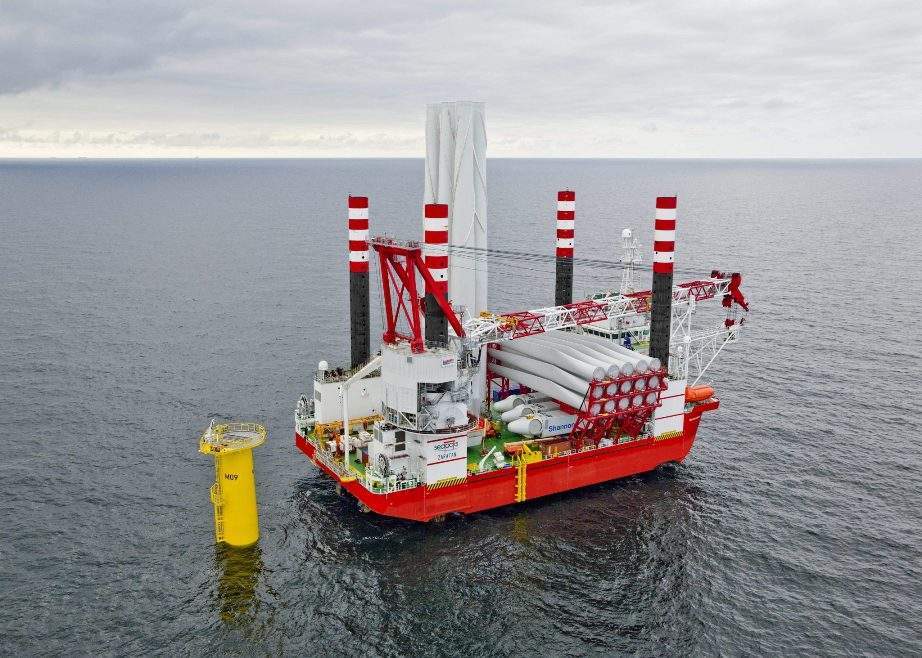UK-based marine engineering company Seajacks has been selected by Siemens Gamesa to install its 6MW turbines at phase 2 of the 120MW Formosa 1 offshore wind farm in Taiwan.

Image: Seajacks’ Zaratan vessel installing turbines. Photo: Courtesy of Seajacks Ltd.
This is the first time that Seajacks has secured an order to install offshore wind turbines out of Europe, the company stated.
Seajacks will deploy its Zaratan vessel to install all the 20 SWT-6.0-154 wind turbines in the Taiwan Strait. The work is expected to begin in the second quarter of next year.
For the wind farm, Siemens Gamesa will supply the turbines and will provide full service for a period of 15 years.
The Great Yarmouth-based company will be installing the turbines for the Macquarie Capital, Ørsted and Swancor-owned Formosa 1 phase 2 project in around 30m of water, up to 6km off the coast of Miaoli County in north-west Taiwan.
Formosa Phase 2 is considered to be a key development for the state, as it helps in moving away from traditional fossil fuel-powered sources.
Seajacks chairman Soichi Inoue said: “This exciting contract award announces the arrival of Seajacks as a global player in offshore wind farm installation and it builds on our years of experience in Europe.”
“It is also a very exciting time for Taiwan and we’re delighted to be playing a part in delivering the country’s first commercial-scale offshore wind farm.
Inoue stated that Zaratan has proven to be a tried and tested platform for projects like Formosa 1 in harsh environments. The partnership with Siemens Gamesa and Formosa’s owners can help in bringing offshore wind power to Taiwan.
Siemens Gamesa Asia-Pacific executive general manager Niels Steenberg said: “We welcome Seajacks bringing a suitable vessel to Taiwan as one of the first suppliers, relieving one of the bottlenecks for utility scale offshore wind in the region. We expect more to follow, now that the Taiwanese pipeline until 2024 is clear, creating a healthy and sustainable market”
In late April, Ørsted made the final investment decision on the project. Ørsted stated that it will use non-recourse project finance to fund a large proportion of the capital costs. Financing for the project is expected to come from a consortium of international and Taiwanese banks.
